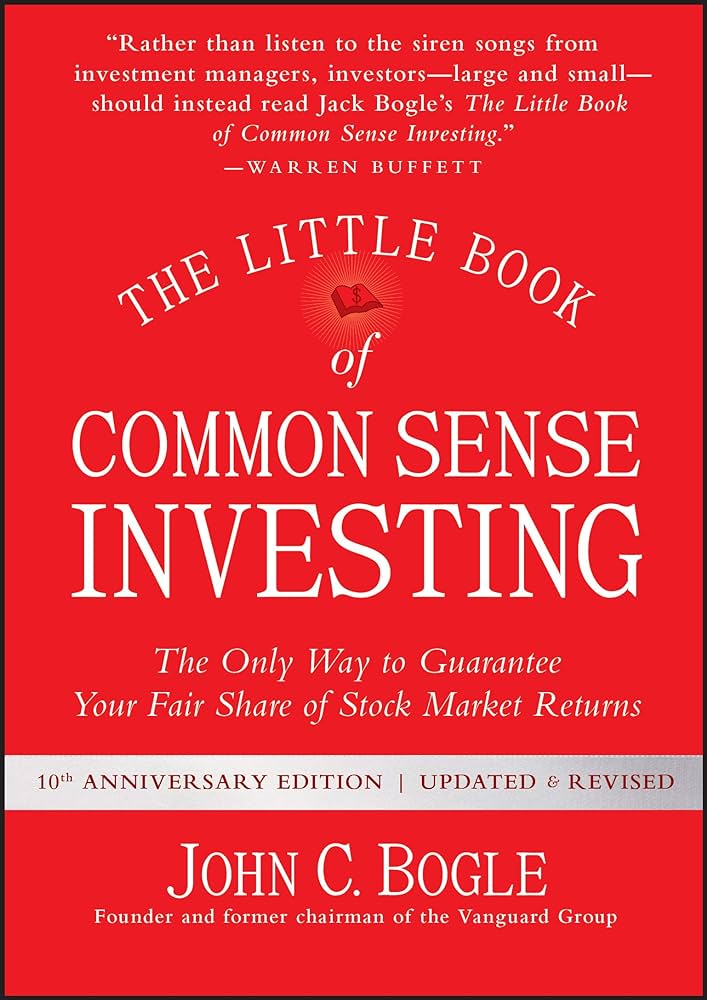Lesson 1: Introduction.
- Chan Kim and Renee A. Mauborgne emphasize on the red and blue oceans in the market universe. Red oceans include all the industries that exist today, with defined boundaries. These companies compete against each other to grab a greater position in the market.
Blue oceans include industries that do not exist presently. They are unexplored and unknown to the competitors. These industries will have greater opportunities and profitable growth.
This book focuses on various principles such as recreating the market boundaries, focusing on the potential customers and their needs. It also emphasizes on reaching beyond the existing demands, including a proper sequence for strategies, overcoming various hurdles, and understanding the shifts in the industries.
Lesson 2: Creating new markets.
The Blue Ocean strategy encourages organizations to create new markets on their own and avoid competing with others. It is essential to develop new and innovative market spaces, rather than fighting the same old battles with the competitors.
To make a blue ocean business succeed, the company should ensure that the price, benefits, and the relative costs of its product or service are all in alignment. For this, there should be a systematic and holistic approach to keep the costs down with greater customer value.
This allows more opportunities with a low number of risks. With more value, you attract a new group of customers the industry had not previously supported, thus growing in the market. The blue ocean strategy creates new market spaces with more demands. The existing competition becomes irrelevant.
Red ocean strategies compete in an existing market space. When a business focuses completely on strategies to beat its competition, it starts resembling its rival. Unlike a red ocean business, a blue ocean organization can successfully rebuild the previously accepted limitations of their business to avoid the competition.
The authorities need to look into the possible alternatives that their customers would need. With new strategies, a Blue ocean leader invites a different set of customers to the business. They can also analyze the current business trends to predict the future preferences and habits of the customers.
Lesson 3. Focusing on non-customers.
The four questions:
The decision-makers must consider four questions, to improve or eliminate qualities in the industry, in comparison to others:
- Which industry elements can be dropped?
- Which elements can be implemented below current industry standards?
- What can be improved beyond current industry standards?
- What new standards or features can transform the industry?
 1 Million+ App Download
1 Million+ App Download  4.9App Store Rating
4.9App Store Rating 5000+Summaries & Podcasts
5000+Summaries & Podcasts
Unlock Knowledge with Wizdom App
Explore a world of insights and wisdom at your fingertips with the Wizdom app.









